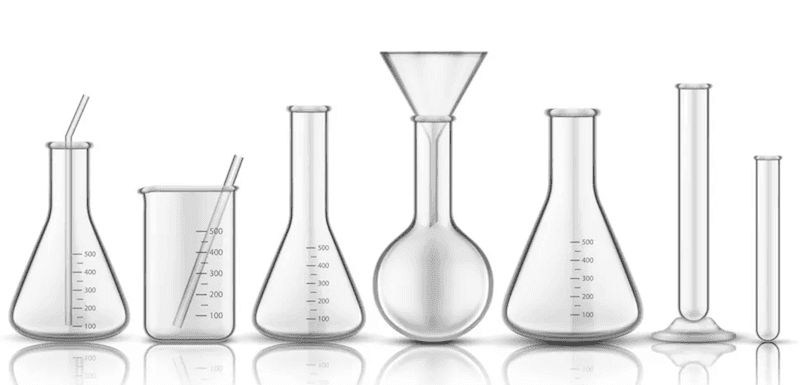Volume Units
2 kwietnia 2023 | Units
Volume units are numerical values used to describe the amount of space occupied by solids, liquids, and gases. In everyday life and science, we use various volume units that have their roots in different cultures and traditions.

Introduction
Volume units are units used to measure the volume of solids, liquids, and gases. In Poland, metric units, which remain unified measures to this day, were introduced in the Prussian partition in 1872 - Austrian partition in 1876. In the Russian partition, they could be used optionally from 1875. Our volume unit converter application is available here - Volume Unit Converter
History of Volume Units
The origins of volume measurement date back to ancient times. In ancient Egypt, Babylon, as well as ancient Greece and Rome, various volume units were used. Many of these units were based on vessels used for storing liquids, such as amphorae, cadus, or buckets. Over time and with the development of science, volume units evolved, becoming more precise and standardized. In Egypt, "ro" was used - clay containers filled with grain or flour. In ancient Rome, the volume unit was the sester, which equaled about one and a half liters. In medieval Europe, the measure was the "quart" - about a liter, used for measuring liquids.
In the 18th century, France introduced the metric system, where the unit of volume is the liter. This is a unit derived from the definition of the meter - the unit of length in the metric system. One liter is the volume of a cube with sides of 10 cm.
In Poland, the unit of volume is the liter, which replaced the earlier unit - the hectoliter. The introduction of the liter was aimed at adapting to units used in Europe and worldwide.

The name of the unit liter comes from the Old French volume measure called litron, which in Poland was adapted under the name quart. In 1793, the liter was defined in France as 1 cubic decimeter, as part of creating the new "Republican System of Measures" after the victory of the French Revolution.
Volume Units - SI System
In the International System of Units (SI), the basic unit of volume is the cubic meter (m³). This is the volume equal to a solid with dimensions of 1 meter x 1 meter x 1 meter. Besides the cubic meter, the SI system also uses derived units such as cubic decimeter (dm³) and cubic centimeter (cm³). In practice, the most commonly used unit of volume is the liter, which equals 1 cubic decimeter (1 l = 1 dm³).
Volume Units - Imperial System
In Anglo-Saxon countries, such as the United Kingdom or the United States, volume units from the so-called imperial system are often used. Among them is the gallon, which has different values depending on the country (4.54609 l in the UK, 3.78541 l in the USA). Other popular imperial units include the quart (¼ gallon) and pint (½ quart).
The British gallon equals 4.546 liters, while the US gallon is 3.785 liters. Besides the gallon, the imperial system also uses the pint, quart, and bushel. A pint is one-eighth of a gallon (0.568 liters), a quart is one-fourth of a gallon (1.136 liters), and a bushel is a volume unit used to measure grain volume and equals 36.37 liters.
Other Volume Units
Besides SI and imperial system units, there are also other volume units used in different countries and cultures. For example:
Barrel – mainly used in the oil industry to measure crude oil volume, as well as in the alcohol industry. In the USA, one barrel equals about 159 liters (42 US gallons).
Hectoliter (hl) – used in agriculture, especially for grains, beer, or wine. One hectoliter is 100 liters.
Gill – in the UK it's ¼ pint (142 ml), and in the USA ½ pint (118 ml). Mainly used to measure alcohol volume. Danie (แถว) – traditional Thai volume unit, primarily used for rice. One danie equals about 10 liters.

In ancient Rome, one of the volume units was the amphora, which equaled about 26 liters. In old times in Poland, a volume unit called korzec was used, which equaled about 128 liters and was used to measure grains.
In Japan, shō (升) is a traditional volume unit that equals 1.804 liters and is often used in the food industry, e.g., for measuring sake volume.
Summary
Volume units have a long and rich history dating back to ancient civilizations. Today, in various fields of science and industry, we use both SI and imperial units, as well as many other units specific to particular countries or industries. Understanding and correctly applying these units is crucial for precise description of the volume of solids, liquids, and gases in various applications.
Back to articles list